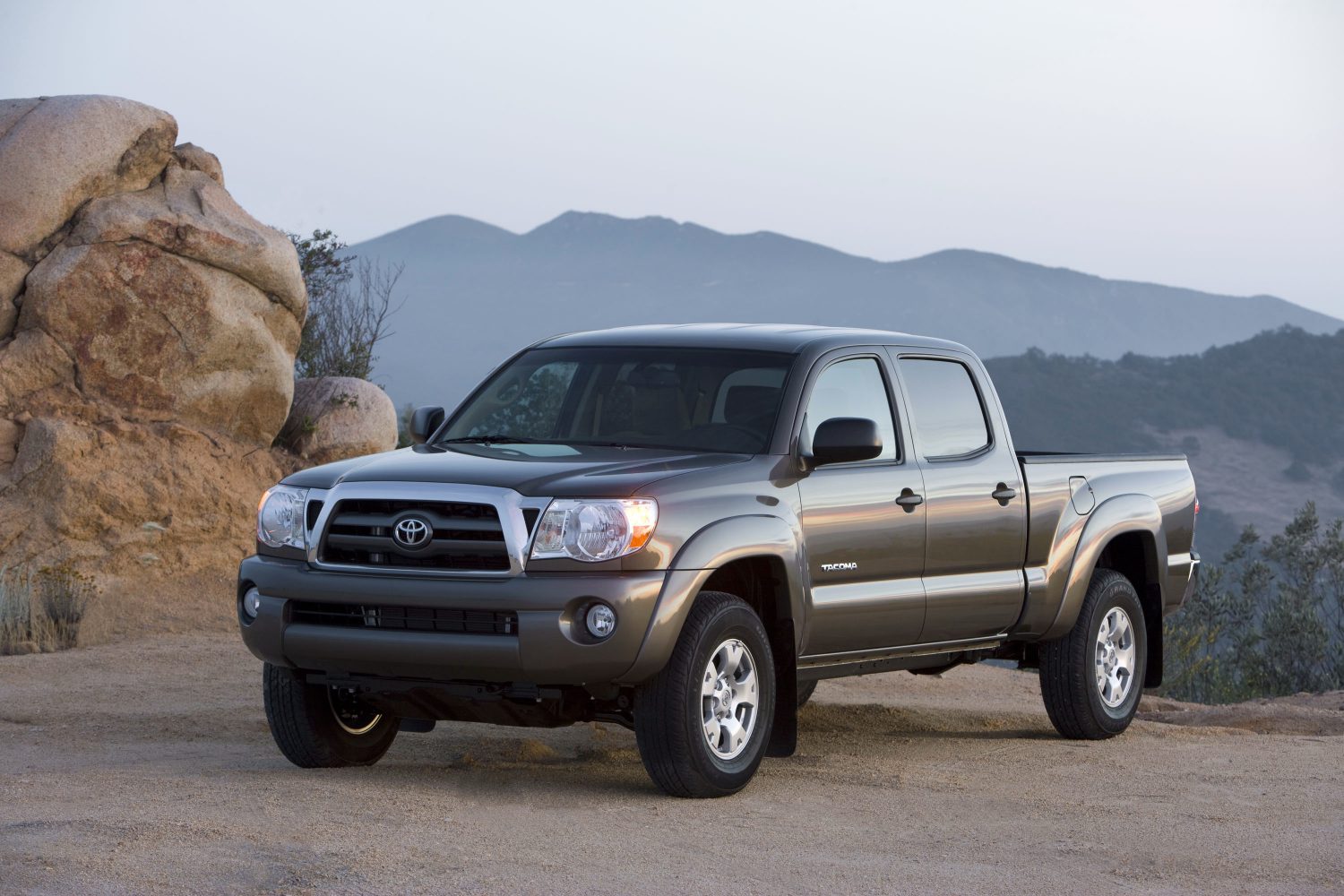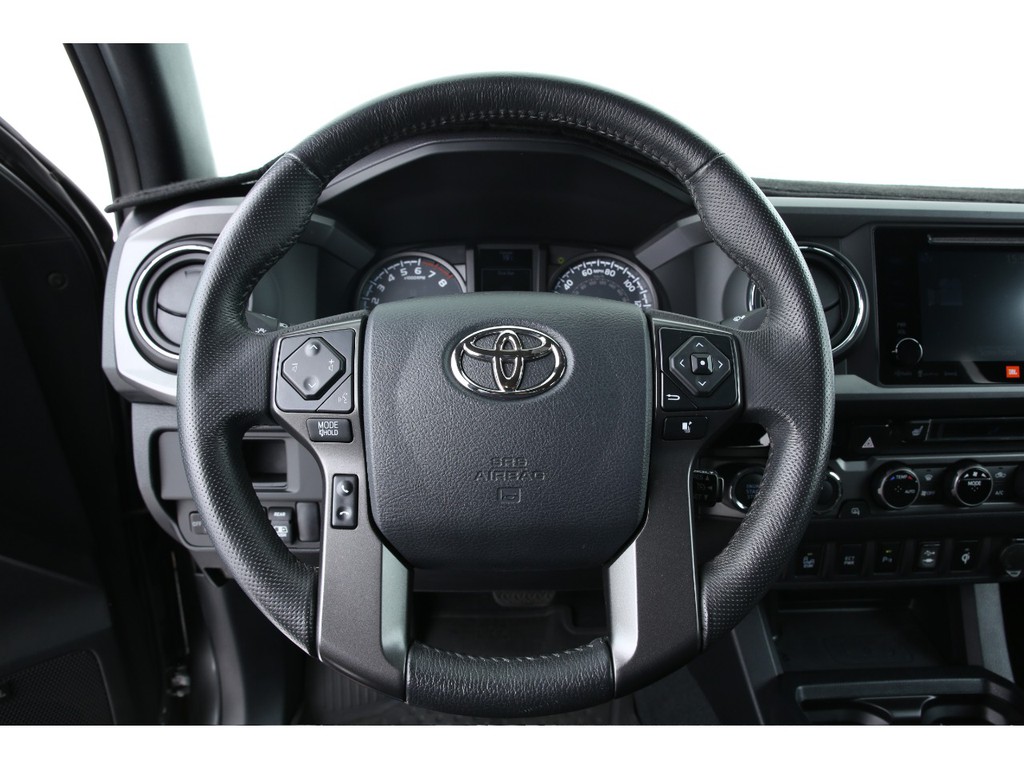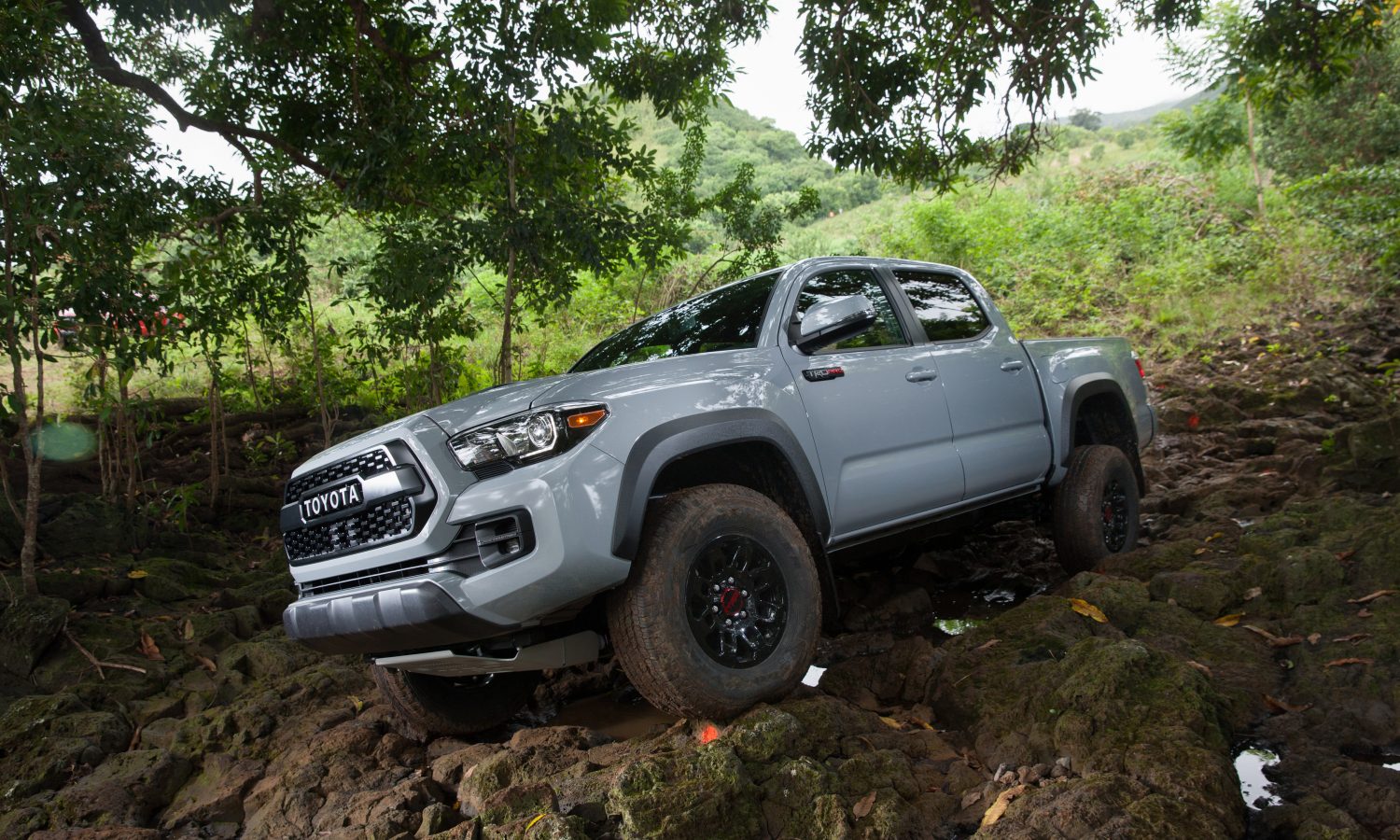
All manufacturers have good years and bad years. It’s not always the manufacturer’s fault; take the pandemic for example. However, sometimes, the manufacturers make bad decisions like a lack of quality control that generates recalls and updates. Bad designs can play a big part in recalls, too. Toyota has had its share of issues that have plagued some of its models, like the Camry, but for the most part, Toyota has a solid reputation for designing, building, and producing cars and trucks that exceed the expectations of their owners.
Overview of Toyota Tacoma’s Reputation
If it’s a Toyota, it’s a given that you’ll get 200,000 miles or more from it. A 2008 Tacoma owned by Mike Neal racked up 1.625 million miles on it before he succumbed to cancer. This Tacoma now sits in the showroom of Fred Anderson Toyota in Asheville, NC.
While most Tacomas won’t hit the million-mile mark, it is not unheard of to see half a million miles on one of these popular mid-sized trucks.
Importance of Reliability in Used Trucks
It goes without saying that reliability is important in any vehicle, but when you rely on your truck for work, you need a truck you can trust.
Why Reliability Matters for Used Trucks
The Tacoma isn’t the only Toyota capable of high mileage; the Land Cruiser also enjoys a long high-mile history with odometers showing over 500,000 miles on any number of vehicles from around the world.
Toyota’s Tacoma is such a versatile truck that people rely on it for many jobs, including play. It’s the perfect size for wheeling around wooded trails and has a towing capacity that makes towing small trailers a walk in the park.
In addition, the Tacoma’s off-road prowess is legendary. With the full force of the TRD team behind it, all of the TRD models are built to tackle any landscape. Take it to a mountain plateau or scramble through a rushing stream with ease. It is built for adventure.
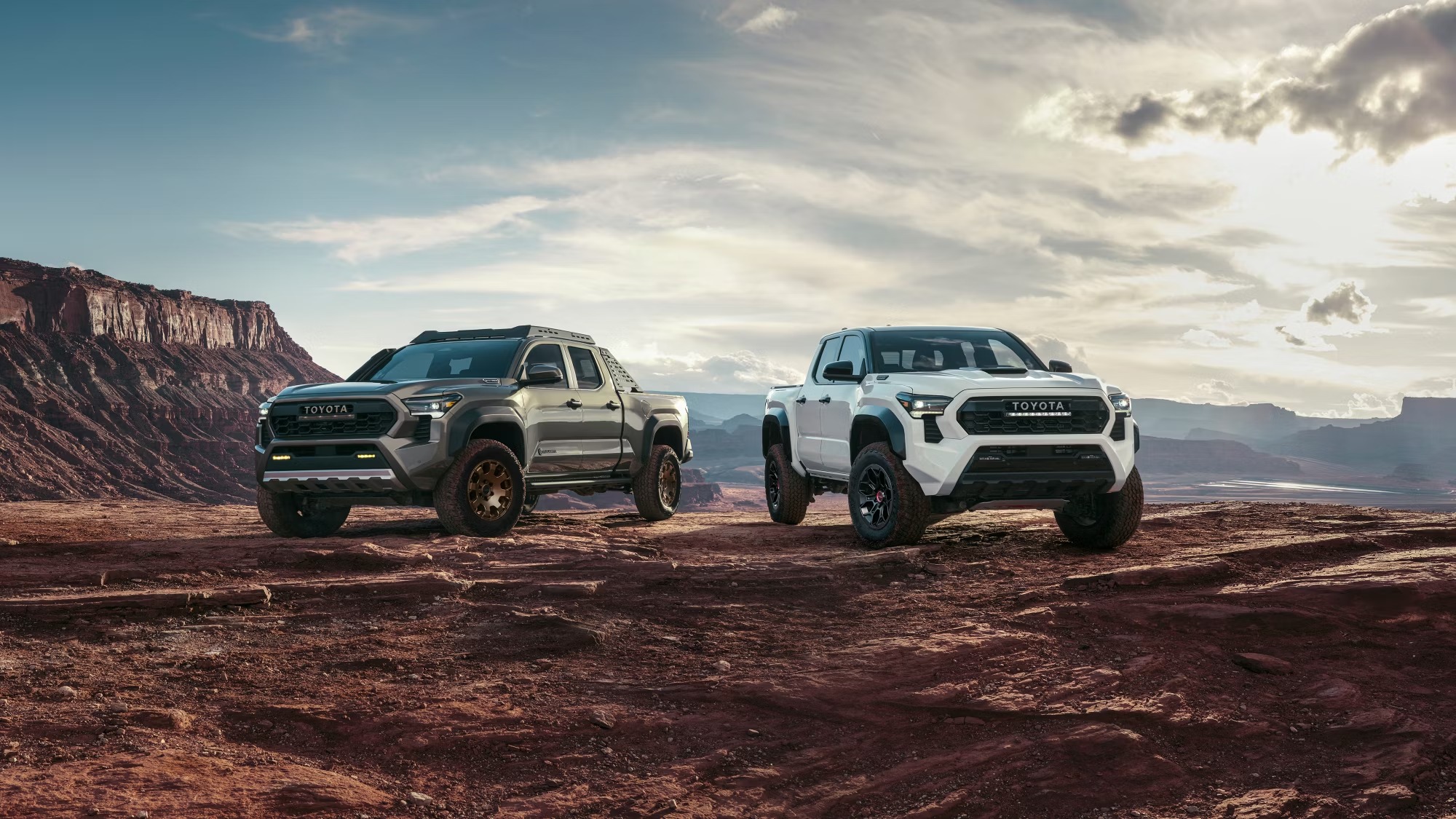
Photo by Toyota
Criteria for Determining Reliability
Reliability is more than how many miles you can rack up; it’s about getting your money’s worth from a truck.
Key Factors in Assessing Reliability
Here are some of the key factors that help determine a vehicle’s reliability:
Build Quality
The durability of the components coupled with the engineering help determine how well a vehicle will hold up over time.
Engineering and Design
A well-engineered vehicle will have stress points reinforced and a simple design. When things are simply built, there are fewer things to go wrong.
Maintenance and Service
Regular maintenance in any vehicle depends on proper lubrication, replacing worn parts with quality parts, and attention to recalls.
Brand Reputation
Sometimes a brand has a problem with a model, but if the brand is consistently designing and manufacturing reliable vehicles, one problem is out of the norm.
Powertrain Durability
A solid powertrain will be able to endure years of use without major issues, which could be why so many Toyotas enjoy huge numbers on the odometer.
Technology Integration
As fast as technology changes, there will always be gaps between what is current and what is outdated, but reliable vehicles will always have dependable technology regardless of their age. There will be software updates to help bring the technology current or fix issues.
Consumer Reports and Reviews
If you want to know how reliable a vehicle is, do a quick online search for it. It won’t take long to determine what owners think of their vehicles.
Warranty and Support
Most manufacturers have a long powertrain warranty and good dealership support. They also get out ahead of problems quickly by issuing recalls when needed and even extending warranties on certain parts as necessary.

Photo by Toyota
Most Reliable Year Models of Toyota Tacoma – Top Reliable Year Models
Since the introduction of the Tacoma in 1995, you’ll find a long history of people’s opinions about the truck.
The 1995-2004 years were the first generation and a replacement for the outgoing Toyota pickup. These trucks were available in a few body styles, and powertrain options, and were offered with a TRD package. The second generation was a complete redesign of this popular truck that increased the size and added more features.
2005-2015 Models
The 2005-2015 models were considered mid-sized and were powered by a 4.0L V6 that offered better towing. You could buy one in 2WD or 4WD and several cab styles. The TRD package solidified its off-road status, and the Off-Road and Sport models were new to the lineup. There was one special edition: X-Runner with a sport-tuned suspension and aggressive design.
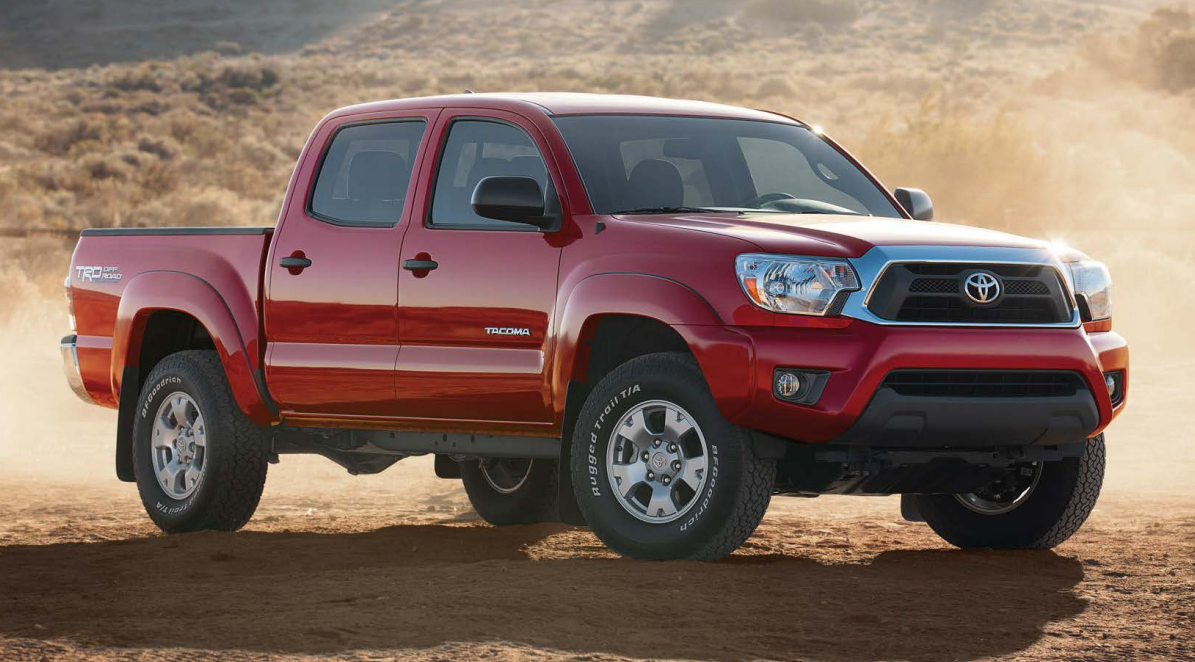
Photo by Toyota
Pros
- Durable
- Reliable
- Off-Road
- Versatile engine
- Different configurations
- Strong resale value
Cons
- V6 has poor fuel efficiency
- Stiff and bumpy ride
- Interior outdated
- Limited tow capacity
- Rust
- Too much money for its class
2016-2020 Models
The 2016-2020 Tacoma models were given an aggressive exterior, and the interior was updated. It was offered in two powertrain configurations that included a 2.7L I4 or a 3.5L V6 with direct injection. The TRD Pro was even further tuned to deliver more advanced off-road capabilities and equipped with FOX shocks, an upgraded suspension, and skid plates. The technology was more advanced and included a touch screen and Toyota Safety Sense.
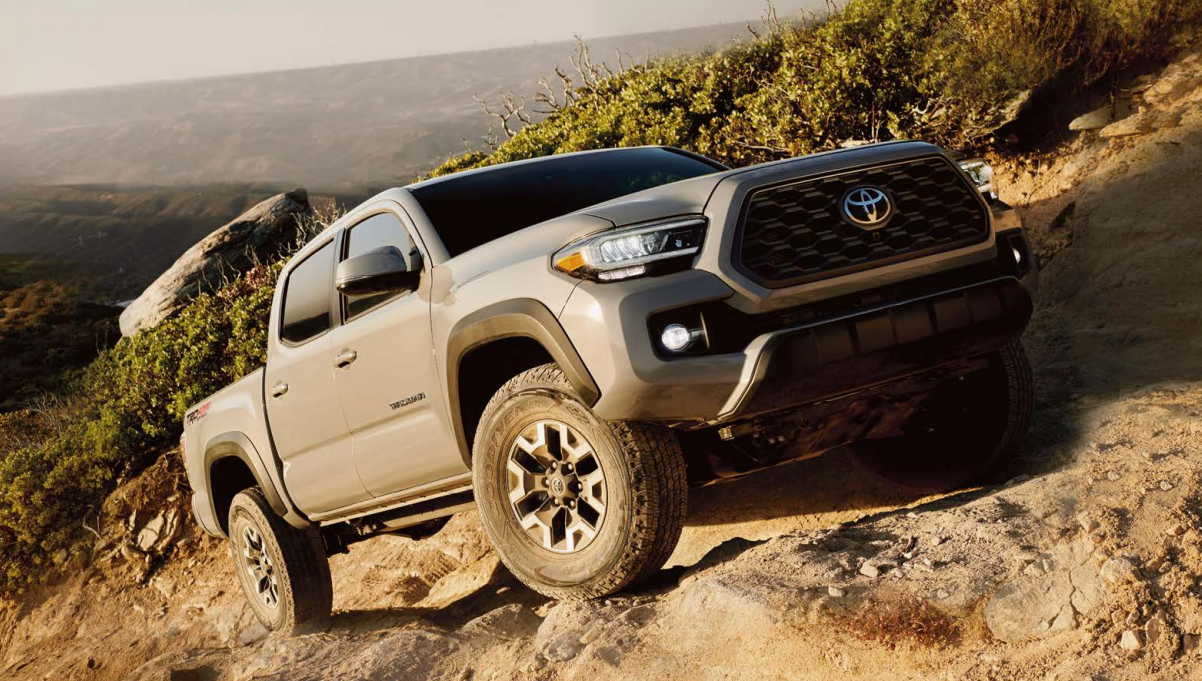
Photo by Toyota
Pros
- Off-Road was exciting
- Multi-terrain CRAWL
- Durable and reliable
- Resale value
- Advanced safety features
- Modern technology
- Available in different configurations
Cons
- 3.5L is underpowered
- 6-speed automatic is sluggish
- Poor fuel compared to other mid-sized trucks
- Slow acceleration when towing
- Stiff ride
- Cramped interior
- Way too expensive for the class
In 2020, Toyota gave the Tacoma a facelift that included new grille and wheel designs.
2021-Present Models
In 2021, Toyota offered a dealer-installed lift kit to enhance the off-roading capabilities. In 2023, a new generation Tacoma was revealed that offered significant changes to the newest models.
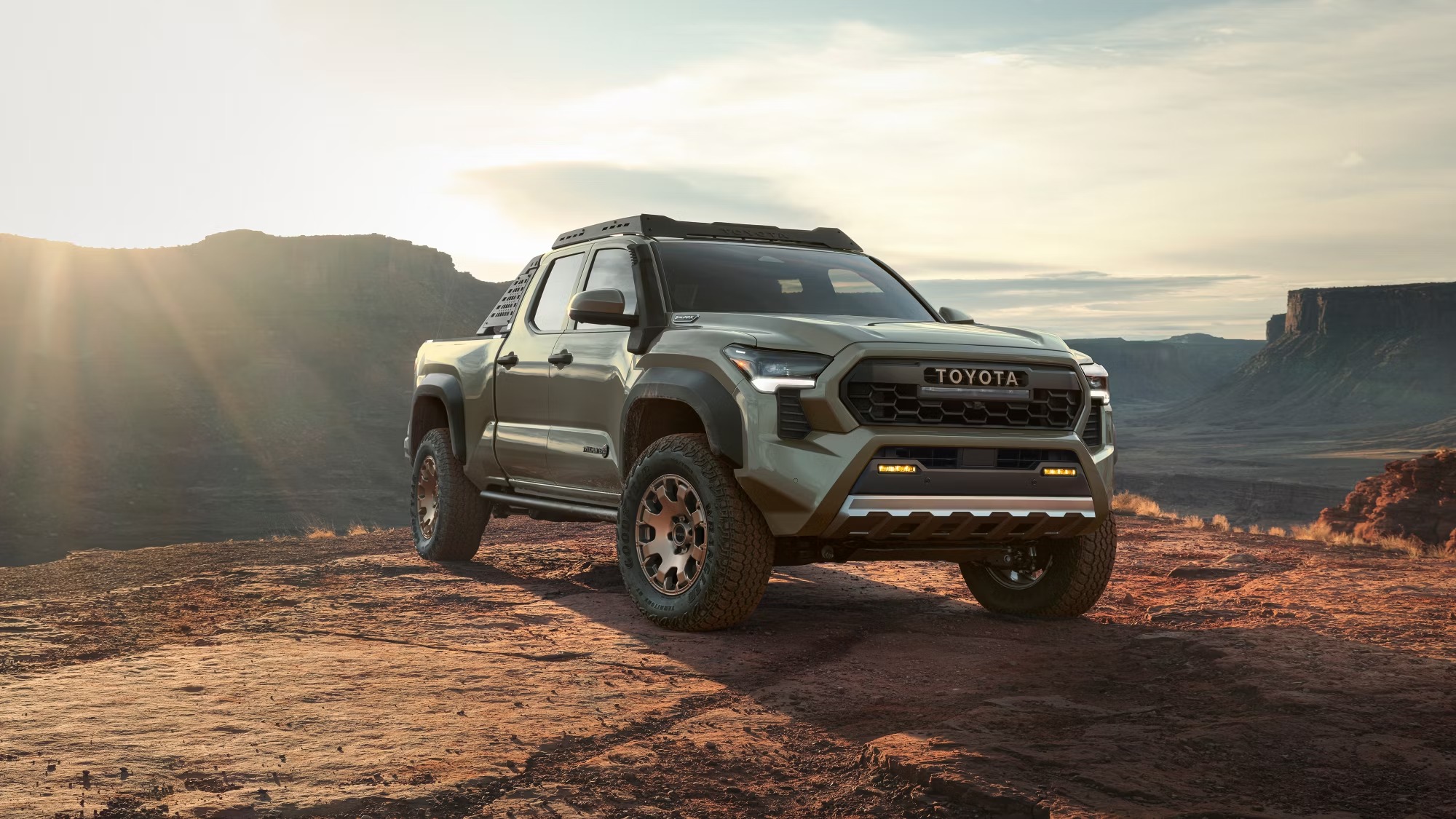
Photo by Toyota
The changes include:
- New platform TNGA- F
- High lift
- Slim body
- Athletic stance
- 8 trim levels with two newcomers: Trailhunter and PreRunner
- XCab and Double Cab options
- 2 bed sizes
- Coil springs on the rear axle in some models
- Hybrid power in upper-level models
- 2.4L turbo in all models
Pros
- Comfortable front seats
- Wireless phone charger
- Infotainment screen
- Buttons and knobs
- Upgraded safety features
- Great visibility
- 360º camera
Cons
- Legroom missing in the back
- Back up camera has distortion
- Remote start range limited
- Rear seat doesn’t fold flat
- JBL is lacking
- Ventilated seat fan is loud
Common Issues and How to Avoid Them
Like all vehicles, there are good years and bad years. In the case of the Tacoma, we’ve laid out the problems we found based on consumer reviews and owner’s comments.
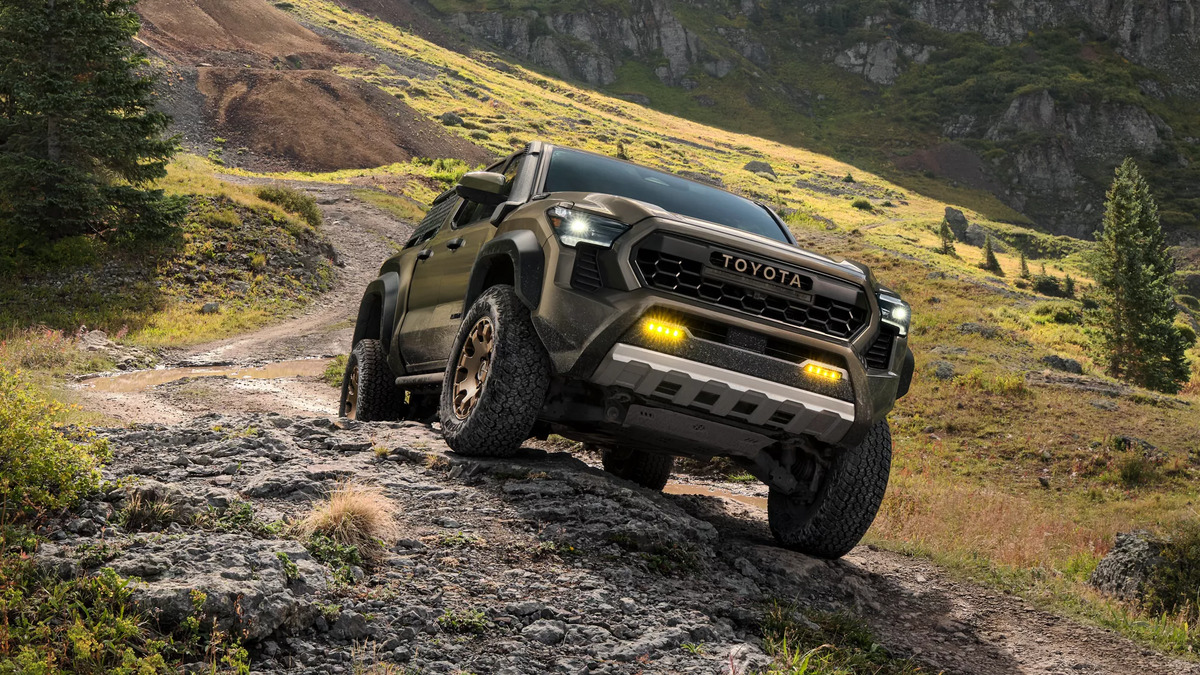
Photo by Toyota
Typical Problems in Certain Year Models
2009-2014 – These years are mostly trouble-free from a consumer standpoint. While there are rust issues that plague the Tacoma, these years have generated the least of the complaints from owners. However, they do mention that it uses a lot of oil, and there are vibration issues in the steering due to premature wear on some components. There were leaf spring corrosion issues that generated a recall in 2010, and the heated seat wiring was faulty in 2011.
The 2016-2017 models had many issues that we discuss further in our Tacoma Models to Avoid blog post. Many of the problems with these years include leaking valve covers, vacuum pump leaks, coolant leaks, the coolant bypass pipe is plastic and cracks, the direct injection is loud, fuel pump chirps, and chronic drive belt noise. To be fair, some issues can be fixed with software updates that stop things like acceleration stumbles. Other problems like the drive belt noise can be fixed with a new belt. One important note about these years: If you don’t use your 4WD all year round, at least once a month put it in 4WD and go for a ride. This will help keep the 4WD from seizing up due to lack of use.
In 2021, the black trim seemed to melt on the mirrors, trim, and rear lights.
Rust is a real issue on all of the Tacomas, but especially if the vehicle is from a northern state where they have road salt or one that has lived along the ocean. The problem was that Toyota only coated part of the frame, so if you find a rust-free frame, add rust protection to the entire frame to keep its integrity. You may need to apply the protection more than once.
When you find a truck you like, make sure you take a test drive on the highway so you can feel the acceleration, feel the alignment, and listen for strange sounds. Even in the “bad years”, there are many positives in favor of the Tacoma that can outweigh some of the issues. If someone has taken the time to do all of the recalls or replace bad parts, then no matter what year the truck is, you may have found a very solid Tacoma that’s ready for everything you throw at it.
If you’re unsure, take a trusted mechanic with you when you test-drive the truck.
Maintenance Tips for Extending Your Tacoma’s Lifespan
When it comes to maintenance, Toyota has already written out a list of things to do at specific mileage intervals that will protect your truck. Every step is included in your owner’s manual, so refer to it as your mileage progresses.
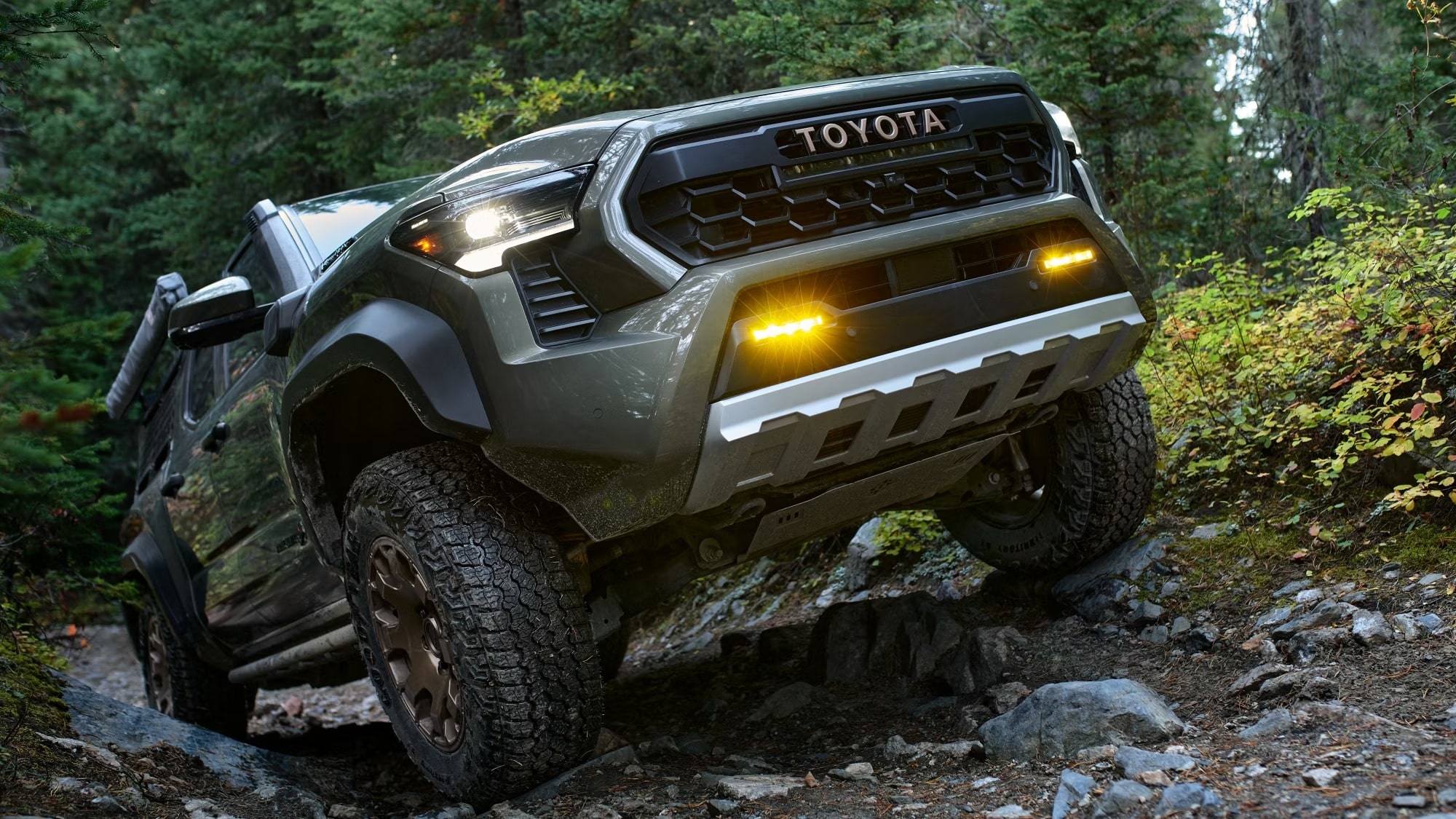
Photo by Toyota
Best Practices for Maintaining Your Tacoma
In addition to oil changes, fluid checks, and hose or belt replacement, here are some important things you can do to keep your truck running its best:
Tire Inspection and Rotation
Check tire pressure, tread depth, and overall condition. Rotate tires to promote even wear and extend their lifespan.
Brake System Inspection
Regularly inspect brake pads, rotors, and fluid levels. Replace any worn components to maintain optimal braking performance.
Battery Maintenance
Inspect the battery for corrosion, clean terminals, and ensure it holds a proper charge. Replace the battery as needed.
Air Filter Replacement
Replace the air filter periodically to ensure the engine receives clean air, which improves performance and fuel efficiency.
Fuel System Inspection
Check the fuel filter, injectors, and lines for any signs of wear or damage. Replace components as necessary.
Exhaust System Inspection
Inspect the exhaust system for leaks, rust, or damage. Ensure that the catalytic converter and other emissions components are functioning properly.
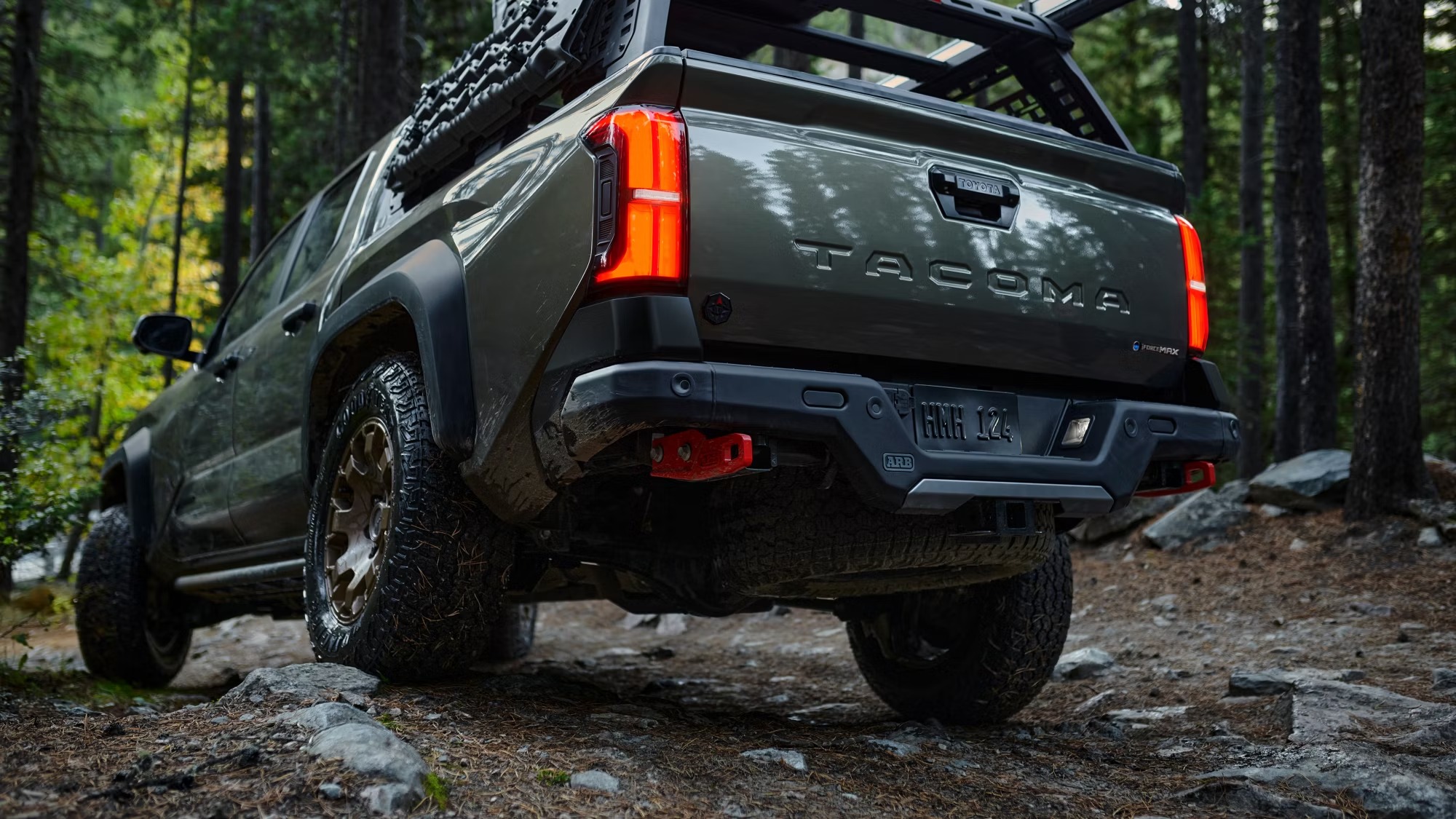
Photo by Toyota
Suspension and Steering Components
Regularly inspect shocks, struts, ball joints, and other suspension and steering components for wear or damage.
Lighting and Electrical System
Test all lights, including headlights, brake lights, turn signals, and interior lights. Inspect the electrical wiring for any damage or loose connections.
Transmission Maintenance
Regularly check the transmission fluid level and condition. Follow the manufacturer’s recommendations for fluid changes and inspections.
Cooling System Inspection
Check the radiator, hoses, and coolant levels. Look for leaks or damage and ensure the coolant is fresh and effective.
Differential and Transfer Case Fluid
If your truck has four-wheel or all-wheel drive, check and change the differential and transfer case fluids as recommended.
Wheel Alignment and Balancing
Ensure wheels are properly aligned and balanced to prevent uneven tire wear and maintain handling performance.
Air Conditioning and Heating System Check
Regularly inspect the A/C and heating systems to ensure they are functioning correctly. Check for refrigerant leaks and proper airflow.
Lubrication of Moving Parts
Lubricate all moving parts, including hinges, joints, and bearings, to prevent wear and tear.
Inspection of Body and Frame
Regularly check the truck’s body and frame for rust, damage, or signs of wear, especially if the truck operates in harsh environments.
Routine Engine Diagnostic
Run a diagnostic test periodically to check for any hidden engine issues that may not be immediately apparent.
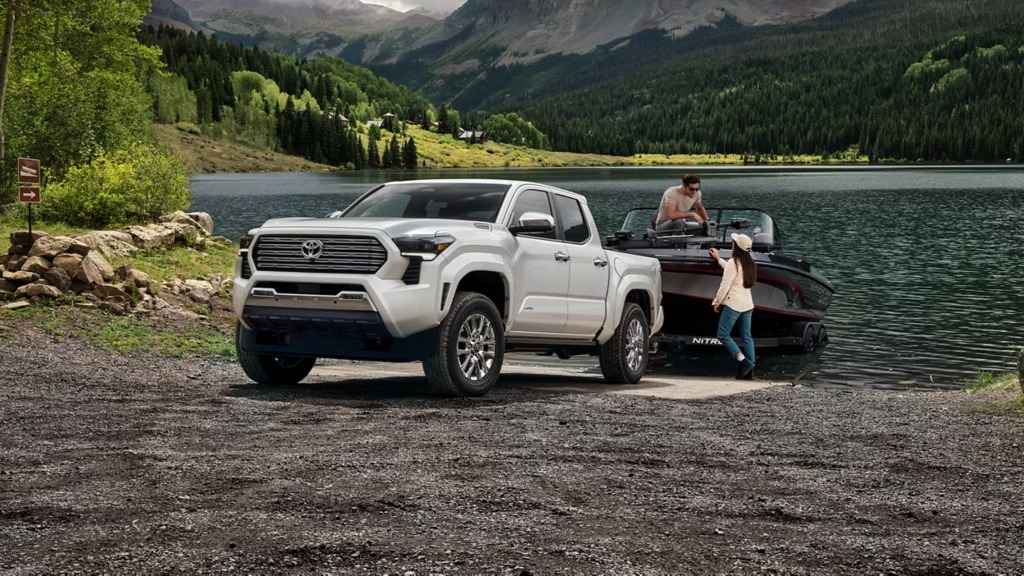
Photo by Toyota
These are the types of tasks that help people get 500,000 miles on their Tacoma, so don’t skip them.
When it comes to Toyota Tacomas, the Flex Motors team is an expert in answering questions you might have about the Tacoma in general. You’ll also find a selection of used Tacomas available in their showroom. They specialize in retro-mod custom fits for the Tacoma under their Renoca Windansea build. Contact them for more information on the Windansea or Tacomas in general.
Owner Reviews
Since the Tacoma has been around for a long time, it’s not hard to find a host of people who love their Tacoma and wouldn’t trade it for anything.
Real Owner Experiences
Happy Camper on cars.com said he replaced his Silverado 1500 A71 with the 2022 SR with a V6 and SX package. He likes the size and style of the truck, and he bought it with a leveling kit and wheel spacers on it. While it drives like a truck, it has a “go-anywhere” look to it. It has met or exceeded all of his expectations.
Paul from Pittsburgh bought the Tacoma because they were known for their reliability and resale value. He bought the Off-Road model and has been driving it for over a year and a half.
Kortty from Arizona says he loves his Tacoma. It’s stylish, fun, and rugged all in one. It fits his personality and couldn’t be more pleased. Taco trucks matter to him.
Scott owns an SR5 Double Cab and says he only has minor complaints like the temperature panel is too small, as is the armrest console. Otherwise, it’s a win.
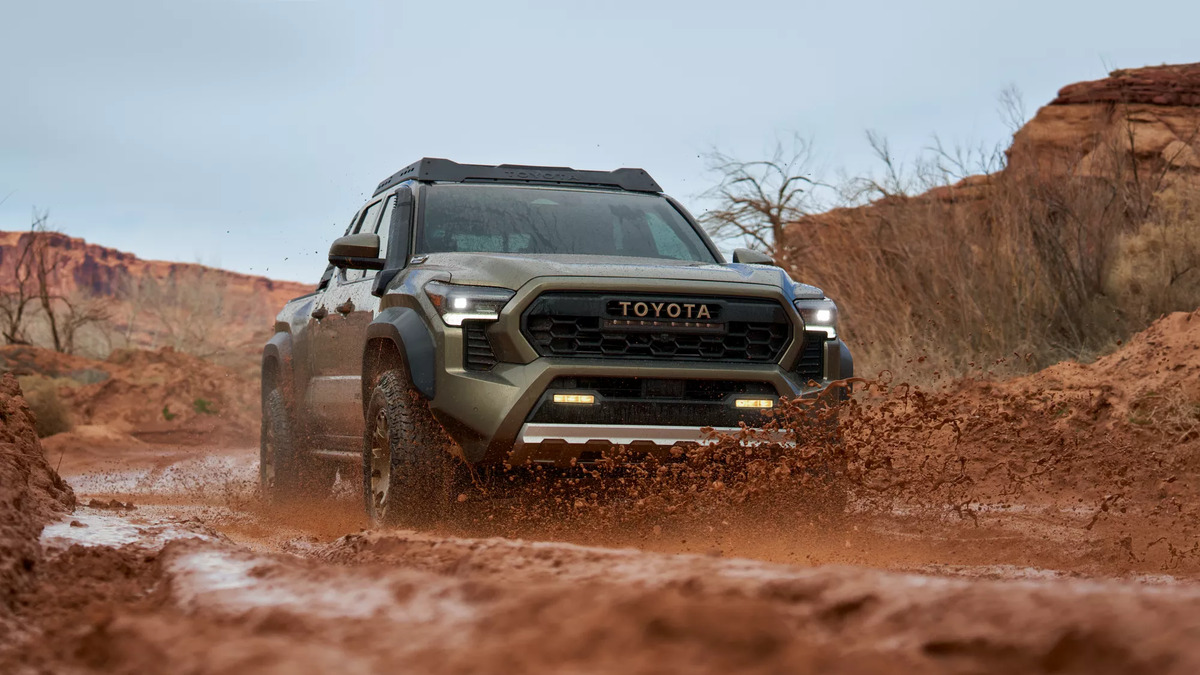
Photo by Toyota
Expert Opinions
When it comes to opinions, most of the reviews come from the folks at MotorTrend, Car and Driver, and Edmunds. They can be relied upon to give unbiased opinions about everything from fuel consumption to rattles and bangs. They have all reviewed the Tacoma over the years and weigh in every year.
Insights from Automotive Experts
Here is one of the most recent reviews for the Tacoma from industry professionals:
Edmunds writes: The pros include a wide variety of configurations and trims, the TRD versions are highly capable off-road, and there is a lot of power from the hybrid. They make a note of the noisy engine and the lack of backseat room. They consider the Tacoma to be the standard bearer for all trucks in this size range and give it a 7.6 out of 10. Low marks in the cabin space and interior brought the average down.
For more information on how MotorTrend viewed the new Tacoma, check out our article on the TRD Pro.
If you have any questions about any of the Tacoma trucks, don’t hesitate to contact us.



